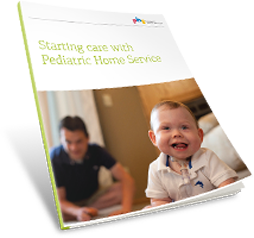Clinical Online Education
Responding to Patients in an Emergency—Interactive Scenarios Curriculum
This interactive, narrated, self-paced online course focuses on how to handle emergencies in the home setting. Each scenario was filmed in PHS’s Simulation Lab and allows the learner to respond to questions to determine the best course of action. Scenarios include:
- Accidental Decannulation
- Anaphylaxis
- Bradycardia with Vagus Nerve / Cardio Collapse (four-year-old trached patient)
- Bradycardia with Vagus Nerve / Cardio Collapse (six-month-old non-trached patient)
- Dysautonomia
- Obstructed Trach
- Rapid Cardiac Collapse
- Seizure
- Sepsis
Criteria for successful completion to receive 1 contact hour:
- Completion of all course modules
- Completion of Attestation of Learning
- Completion and submission of evaluation form
There is no conflict of interest for anyone with the ability to control the content of this activity.
This nursing continuing professional development activity was approved by the Ohio Nurses Association, an accredited approver by the American Nurses Credentialing Center’s Commission on Accreditation (OBN-001-91). Activity Numbers
Part One: 2020-0000001817, Expiration Date: 1/26/2024; Part Two: 2020-0000001818, Expiration Date 1/26/2024.
Objectives: Upon completion of this training program, the participant will be able to
Identify normal and abnormal assessment findings during an emergency.
Discuss the importance of using critical thinking skills to determine the best course of action during an emergency.
Discuss emergency interventions and protocols and when they might be utilized.
Identify emergency equipment needed in the home setting and discuss proper use.
Describe how to identify available resources in the home and implement them appropriately when needed.
Identify when EMS should be notified to transport patient.
Course Authors: Jean Stumpf, BSN, CRNI and Alison Flemke, RN, BSN, PHN


